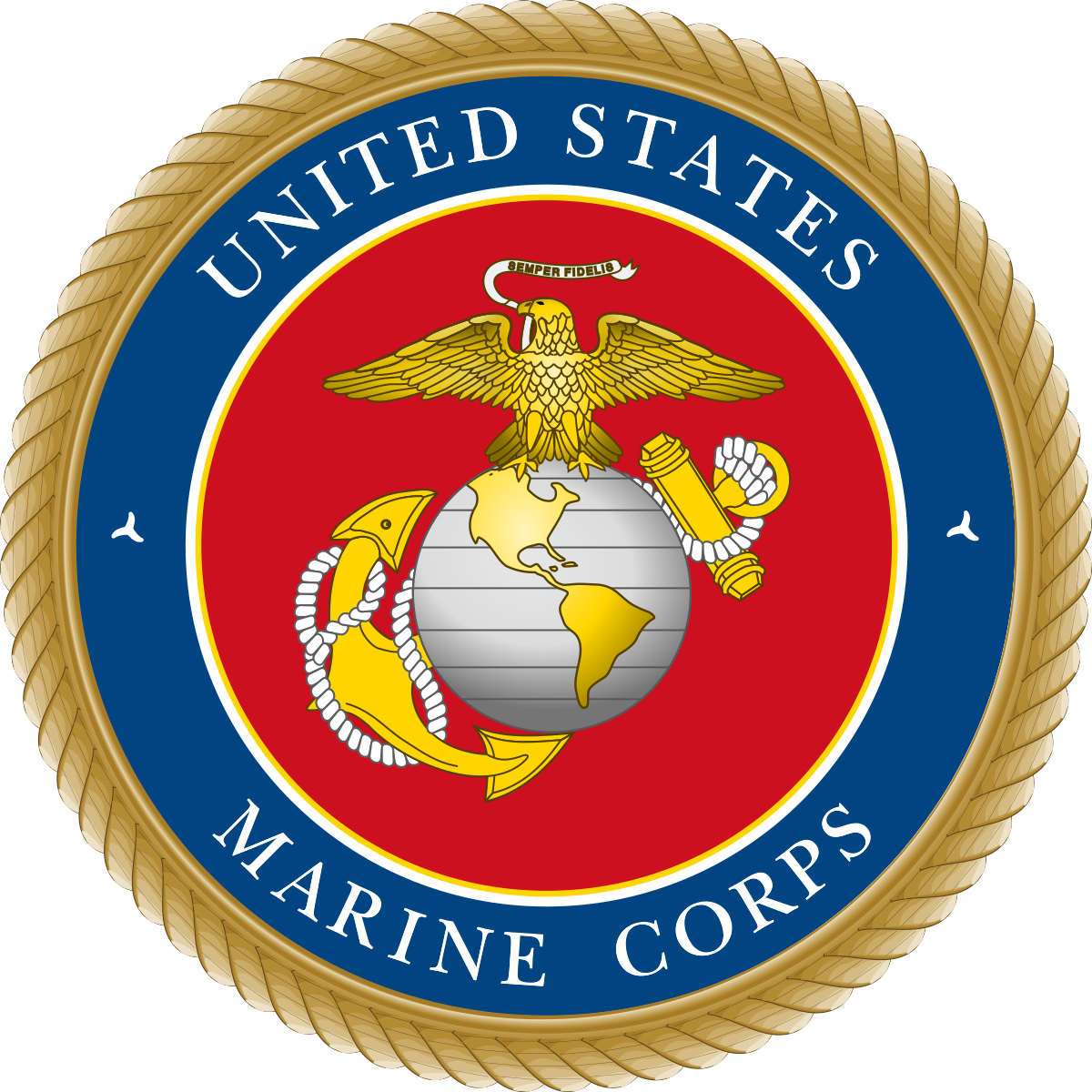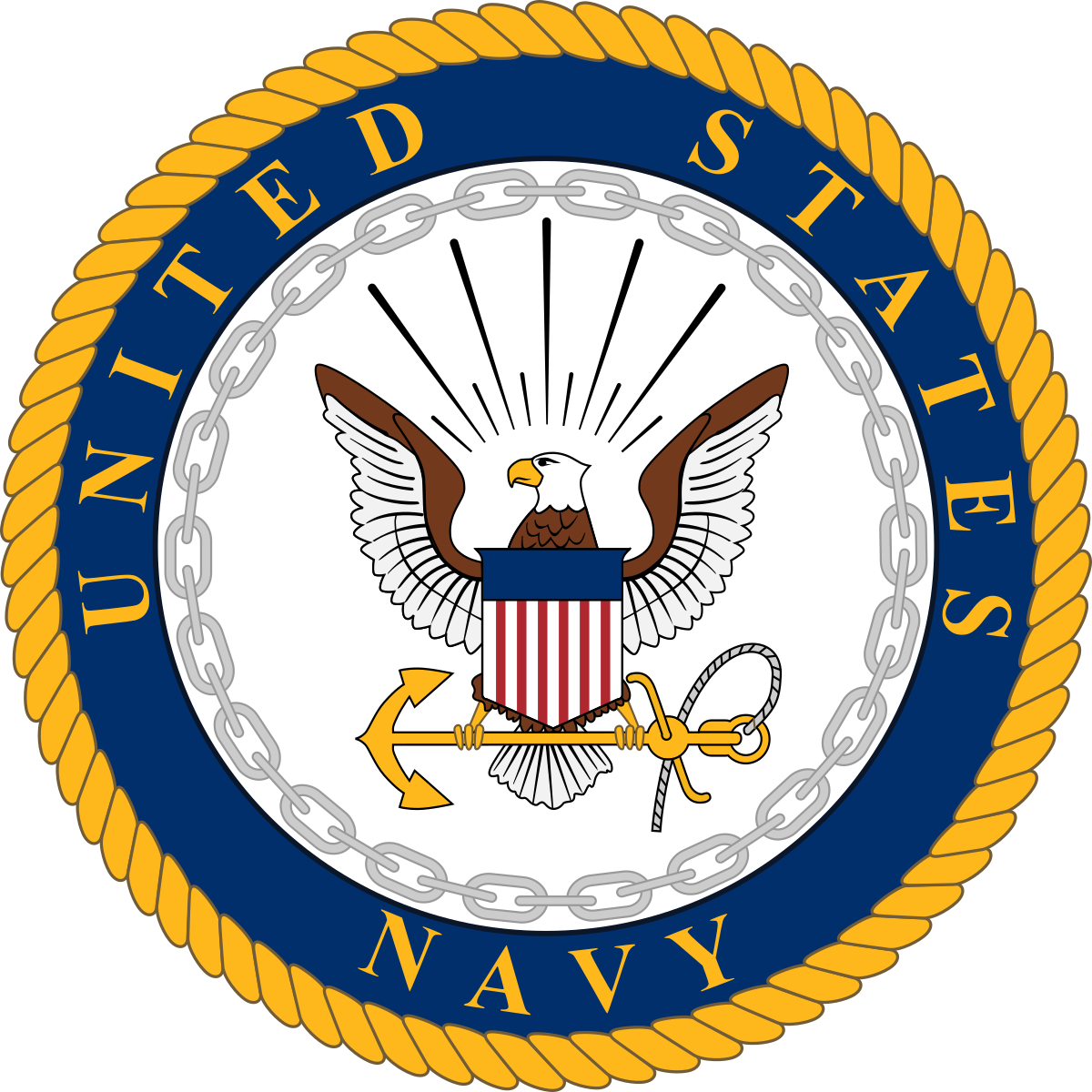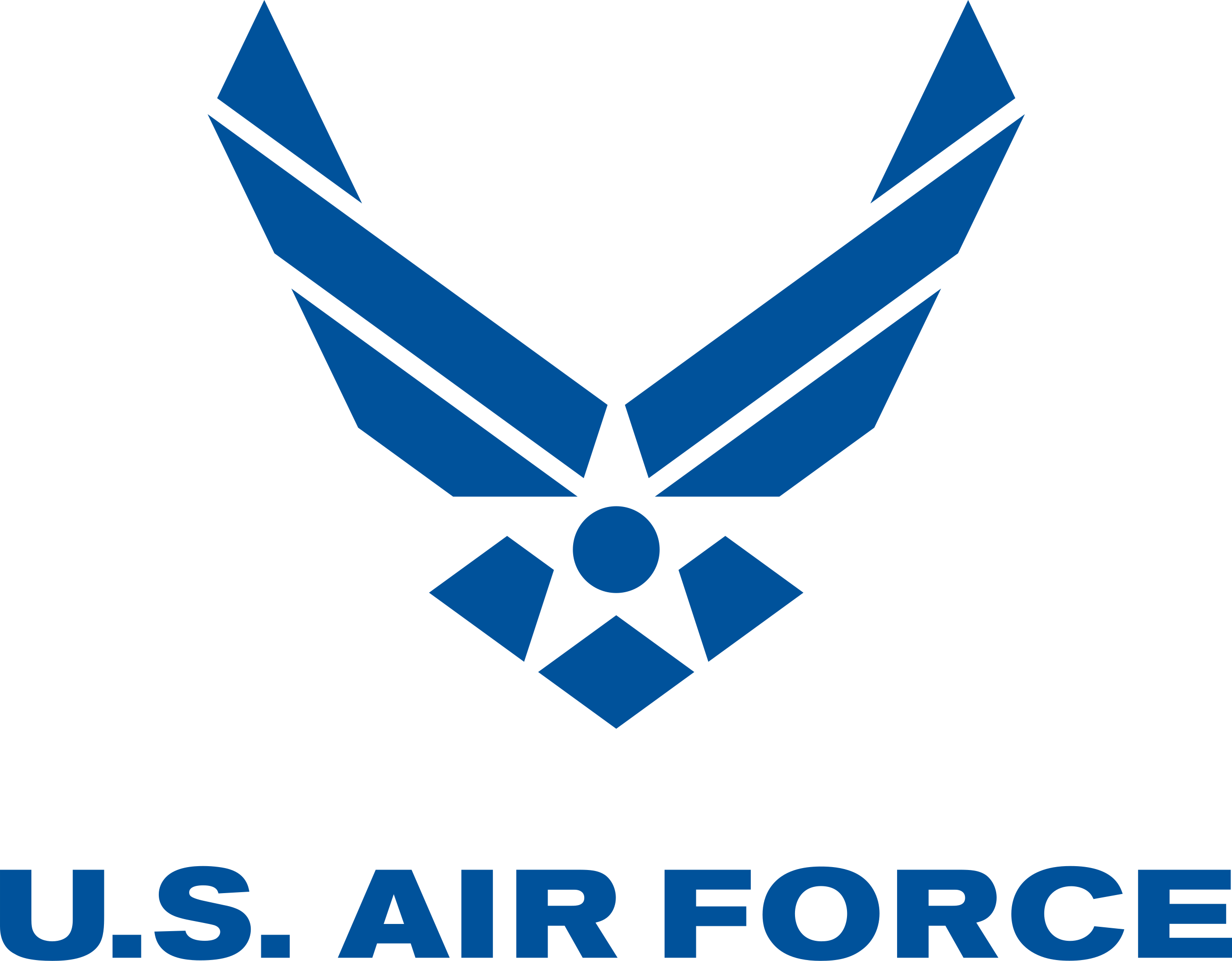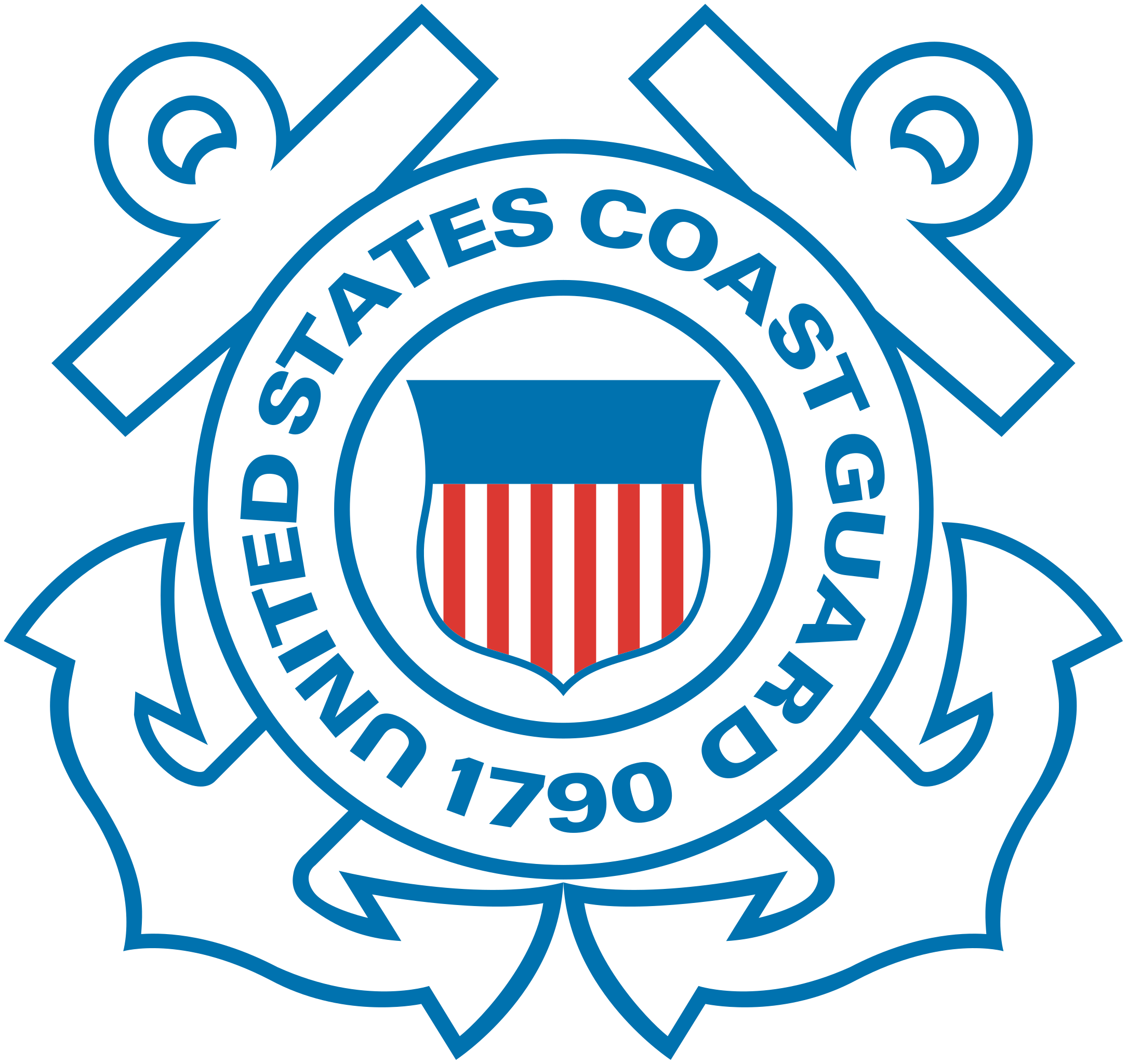EDO - Engineering Duty Officer Officer
About
The United States Navy is a massive fleet of attack and defense vessels and systems, all working in tandem to carry out the Navy’s most critical missions.
As an Engineering Duty Officer, your job is to keep the fleet moving forward.
The Navy will rely on your sharp skills in math, science and business management to design, develop and deploy the world’s fiercest ships and smartest integrated warfare systems.
You could lead everything from the design, repair and overhaul of aircraft carriers to diving and salvage missions deep in the sea.
Roll up your sleeves, Sailor, because it’s time to put the stealth in submarines and the muscle into the modern combat fleet.
Responsibilities
Engineering Duty Officers ensure that U.S.
Naval and Joint Forces operate and fight with the most capable vessels, systems and equipment possible.
Your math, science and business management skills will be vital to constantly improving the Navy’s warfighting capabilities and maintaining a robust cybersecurity network.
Job responsibilities could include: Conducting research on high-priority operational needs Leading the design of new ships and their systems while supervising the integration of weapons and electronic systems into these ships Engineering, developing and providing support to complex and integrated space and weapon systems Managing the construction, delivery, maintenance, conversion and overhaul of the Navy’s fleet Planning, executing and providing technical direction to fleet salvage and diving operations, deep ocean search and recovery and major underwater ship, submarine and aircraft carrier repairs Overseeing the design, testing, acquisition and certification of salvage, towing, pollution mitigation and diving life support systems Conducting diving and salvage operations including search and recovery, submarine rescue, underwater ship repair and experimental diving research
Work Environment
Your work as an Engineering Duty Officer is highly valued and can take you virtually anywhere.
Most EDOs are stationed at shore commands in Washington, D.C., Norfolk, VA, Pearl Harbor, HI, Bremerton, WA or San Diego, CA—however, there are opportunities for exciting sea and shore tours around the world in Australia, Canada, Italy, Japan, Singapore, Spain, Bahrain and Saudi Arabia.
Training
Engineering Duty Officers must complete professional training and gain experience through: Formal Engineering Duty Officer Qualification Program , ED Basic Acquisition Course and ED Senior Leadership Course Training and Certification opportunities in LEAN/Six Sigma Green Belt Membership to the Defense Acquisition Corps Professional Community Advanced Management Program (AMP) Course Postgraduate Education with Doctorate Opportunities Those already possessing a degree attend Officer Candidate School (OCS) , an approximately three-month Navy program in Newport, RI.
All Engineering Duty Officers have a warfighting foundation, are technically skilled and are committed to a continuous business education.
An elite cadre of Engineering Duty Officers are selected for Joint Diving Officer training and qualification as deep-sea diving and salvage Officers.
Find out more about what it’s like to serve as an Officer in America’s Navy.
Education Opportunities
There are part-time opportunities as an Engineering Duty Officer.
Serving part-time in the Navy Reserve, your duties will be carried out during your scheduled drilling and training periods.
During monthly drilling, Engineering Duty Officers in the Navy Reserve typically work at a location close to their homes.
This gives you the flexibility to expand your profession in the Navy without compromising your civilian career at home.
For annual training, Engineering Duty Officers may serve anywhere in the world, whether at sea or on shore stations at home and abroad.
Take a moment to learn more about the general roles and responsibilities of Navy Reserve Sailors .
Most of what you do in the Navy Reserve is considered training.
The basic Navy Reserve commitment involves training a minimum of one weekend a month (referred to as drilling) and two weeks a year (referred to as Annual Training) – or the equivalent.
Engineering Duty Officers in the Navy Reserve serve in an Officer role.
Before receiving the ongoing professional training that comes with this job, initial training requirements must first be met.
For current or former Navy Officers (NAVET): Prior experience satisfies the initial leadership training requirement – so you will not need to go through Officer Training again.
Officers who previously held a commission in another United States Military Service, National Oceanic and Atmospheric Administration, Public Health Service, or United States Coast Guard are exempt from attending ODS or LDO/CWO Academy.
Qualifications & Requirements
A four-year degree from an accredited U.S.
college or university is required to become an Engineering Duty Officer.
High schoolers and current undergraduates interested in becoming an EDO can enter through the Naval Reserve Officers Training Corps (NROTC) or through the U.S.
Naval Academy .
It is important to note that EDOs do not have direct accession through the USNA/NROTC commissioning sources .
ED accessions are warfare-qualified Officers who are strong performers and academically qualified to pursue a technical Master’s Degree.
Additional requirements specific to diving and salvage Officer candidates include: Meet medical standards as specified in the NAVMED P-117 Pass a hyperbaric pressure tolerance test Pass a Diver Physical Screening Test (DPST) Be screened by the U.S.
Navy Supervisor of Salvage and Diving 24 months obligated concurrent service upon completion of dive training General qualifications may vary depending upon whether you’re currently serving , whether you’ve served before or whether you’ve never served before .
 USMC
USMC NAVY
NAVY AIR FORCE
AIR FORCE ARMY
ARMY COAST GUARD
COAST GUARD SPACE FORCE
SPACE FORCE